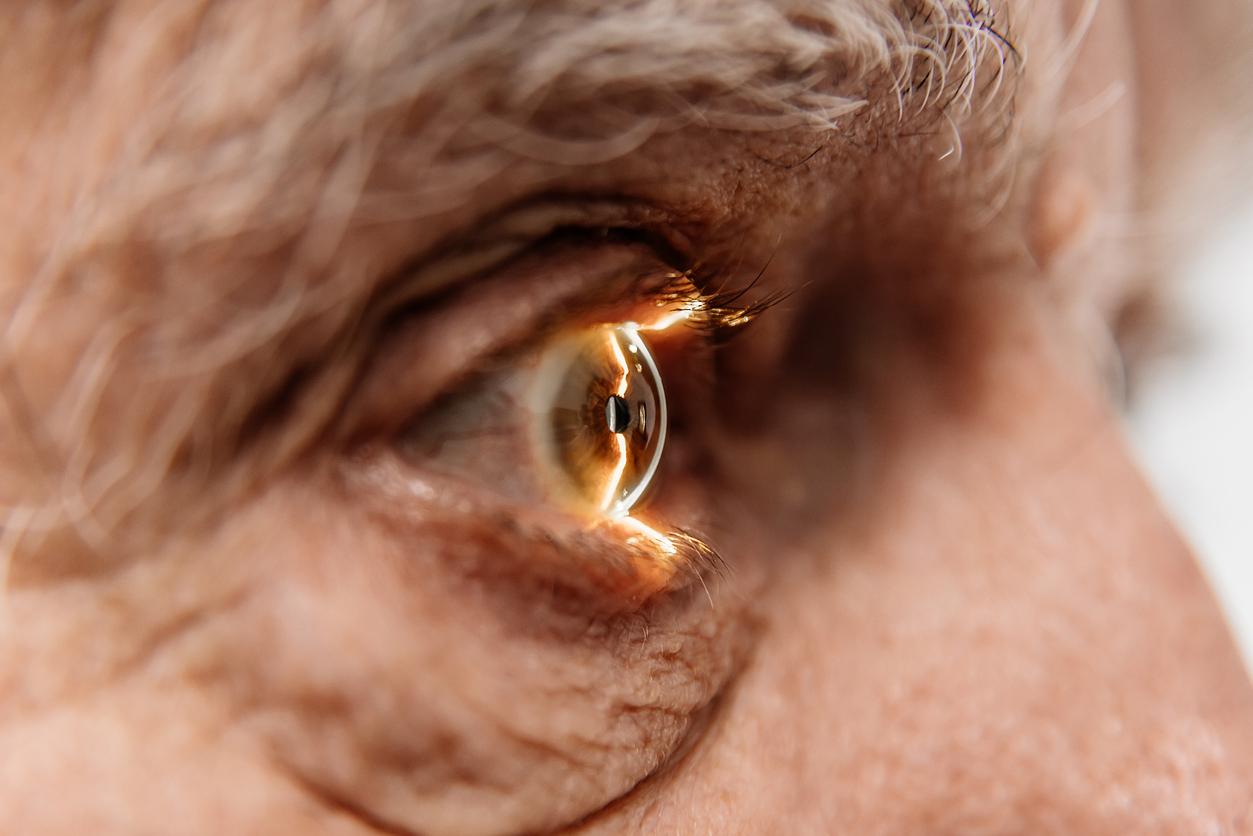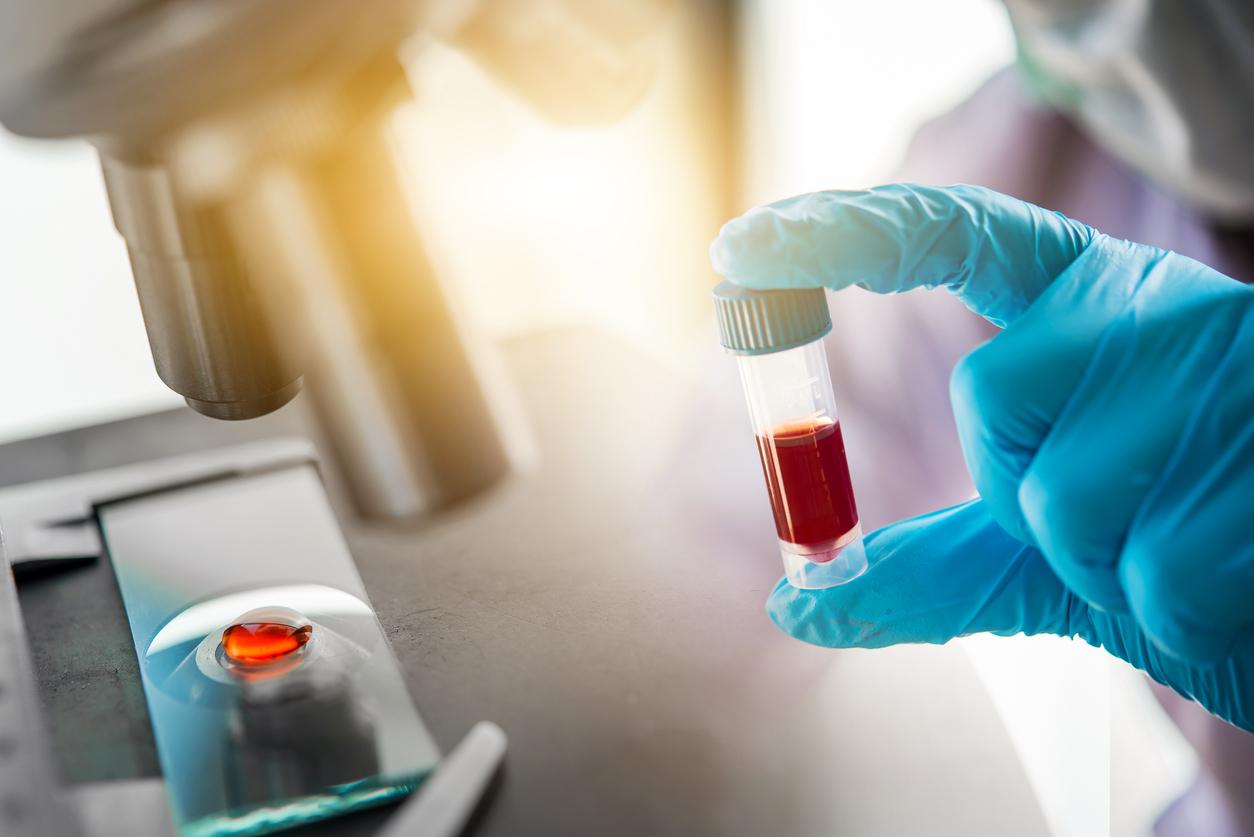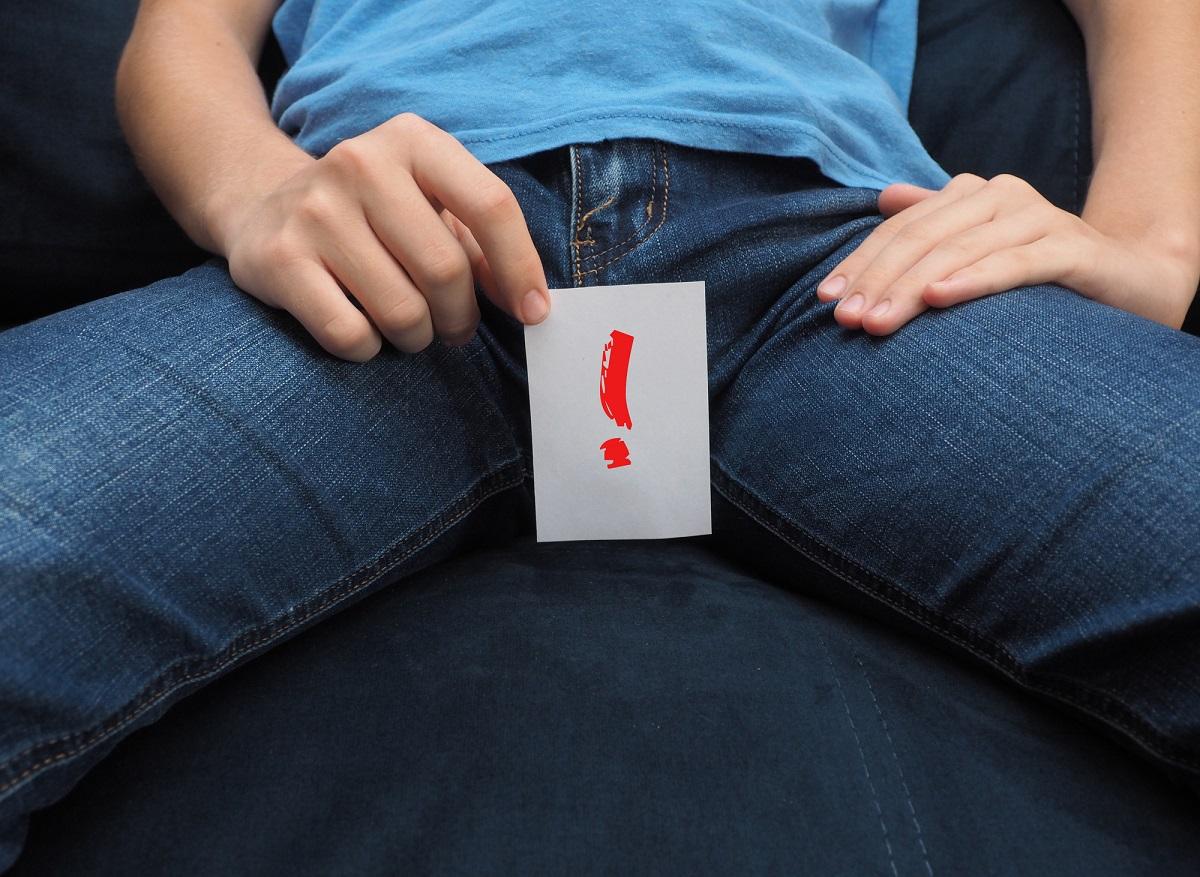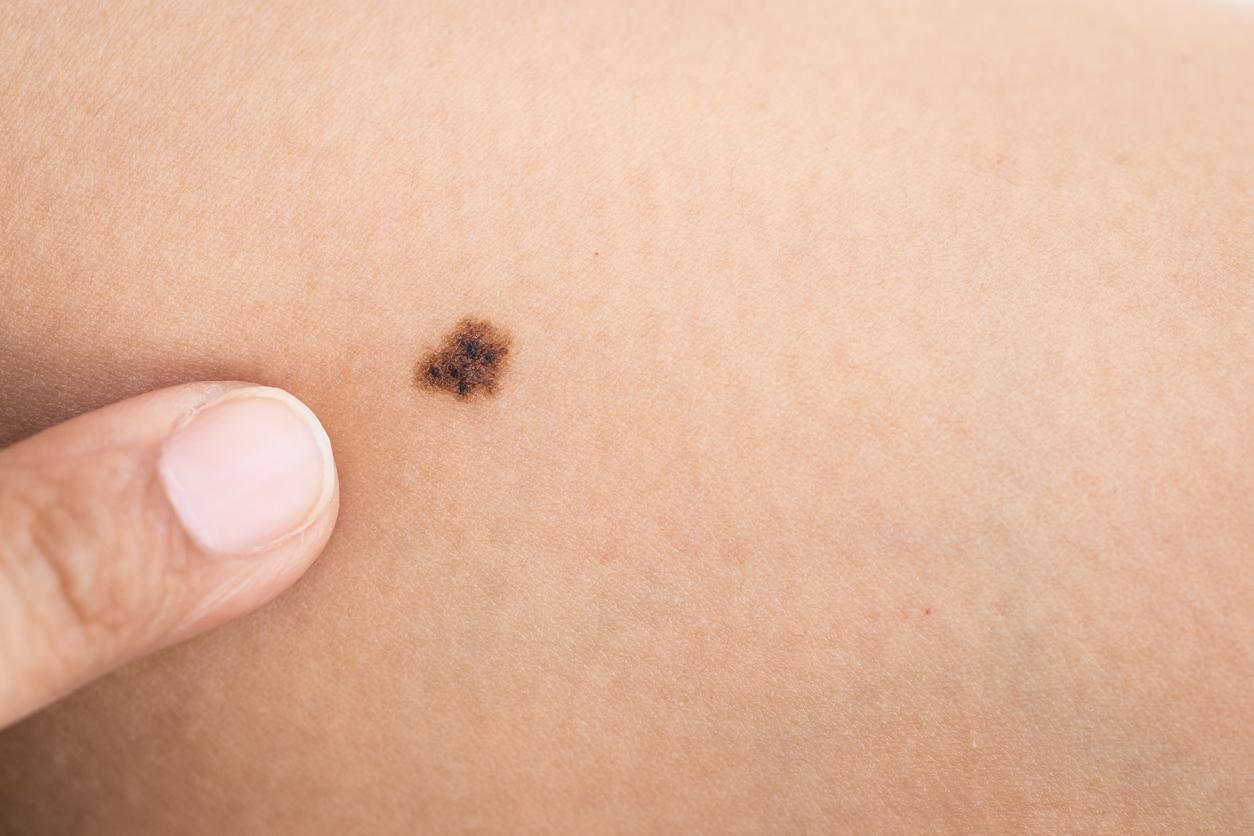Faced with chronic low back pain, the diagnosis of spondyloarthritis remains too late, while the diagnostic approach is now well defined. This delay in diagnosis and appropriate treatment is detrimental to patients.

More than 7 out of 10 people will have back pain during their lifetime, most often in episodes or attacks, but sometimes chronically. In the majority of cases, the cause is linked to a more or less degenerative disorder of the spine. But in about 5 to 10% of cases, the cause can be linked to a chronic inflammatory disease: it is then a “spondyloarthritis”, or “spondyloarthritis” for purists.
Beyond the semantic subtleties, the real problem is that this diagnostic delay can be responsible for a permanent handicap by failure to use the appropriate treatment and installation of a true ankylosis. The early evocation of the diagnosis of spondyloarthritis in general medicine is therefore essential and the analysis of the signs is fundamental, but ultimately quite simple.
A change of presentation
In the 1950s and 1960s, spondyloarthritis was an essentially male disease which stiffened the spine and was accompanied by sacroiliac involvement and the presence of HLA B27 in the blood. But, the possibilities of treatment at this stage were limited and the progression of knowledge called everything into question.
The discovery of the crude forms has clearly shown that spondyloarthritis was as frequent in women as in men, the male sex constituting rather a risk factor for stiffness or arthritis. HLA B27 is found in more than 7% of the normal French population, while spondyloarthritis represents less than 0.5% of this same population, so it is not a very interesting diagnostic criterion. Finally, ankylosis is less and less frequent in spondyloarthritis diagnosed in France and certain borderline diseases (psoriasis, inflammatory diseases of the colon and intestine, reactive arthritis) have characteristics in common with spondyloarthritis which requires treatment. neighbours.
A change in diagnosis
Faced with chronic back pain (low back pain), spondyloarthritis should be considered based on 3 questions:
The first question concerns chronic lumbar pain: spondyloarthritis should be considered in the presence of chronic lumbar pain that occurs progressively and without a triggering factor in a person under 45 years of age (pain occurring suddenly after an effort mobilizing the back is therefore excluded from this frame). Whether the person suffering is a man or a woman, it is appropriate to ask: “At what time does the back hurt the most: in the morning or in the evening?” “. If the answer to this question is: “in the morning”, if this pain can be responsible for waking up in the 2nd part of the night or early in the morning (“wake-up-morning” pain), if it is accompanied in the morning back stiffness that lasts at least half an hour (“morning stiffness”) and then fades during the day. If this pain is relieved by at least 50% in less than 24 to 48 hours by a simple non-steroidal anti-inflammatory… the question of the suspicion of inflammatory low back pain no longer arises.
The second question is that of the associated presence of other rheumatological signs such as arthritis, with swelling and inflammatory joint fluid, tendinitis which corresponds to inflammatory enthesitis (morning schedule), or a large finger / toe swollen like “a sausage” (“dactylitis”).
The third question is that of the existence of associated extra-articular signs which increase the probability that chronic and inflammatory low back pain is spondyloarthritis. Are suggestive of episodes of recurrent and rocking red eye, especially if authenticated by an ophthalmologist as “uveitis” (or inflammation of the anterior chamber of the eye). The same goes for the existence of psoriasis authenticated by a dermatologist in the low back sufferer (or in his close relatives), and an inflammatory disease of the colon and intestine (Crohn’s disease and ulcerative colitis) authenticated by a gastroenterologist.
Confirmation of the diagnosis
Different examinations are necessary and first a blood test (VS / CRP) and x-ray of the pelvis. If there is indisputable bilateral sacroiliac joint involvement, the diagnosis is made.
In case of radiographic doubt, the key examination is the scanner of the pelvis and the sacroiliac joints which will show more or less important lesions of the sacroiliac joints.
If the X-ray is normal, an MRI of the sacroiliac joints should be requested instead, but its interpretation is more difficult in the event of recent pregnancy, age over 40 years or various associated disorders: it will then be necessary to require an inflammatory attack greater than 1 cm to confirm the diagnosis.
What is the point of making an early diagnosis?
It is always interesting to make a proven diagnosis, in order to be able to reassure patients of course, but also to offer the most appropriate treatment at the right time. The “too beautiful” sensitivity to non-steroidal anti-inflammatory drugs, which is a diagnostic criterion in certain diagnostic scores, testifies to the great effectiveness of these treatments which can be used widely, in combination with rehabilitation and analgesics. But in the most resistant forms to NSAIDs or the most inflammatory forms, on the bone and biological level (except in the obese), the treatment may call on biotherapies (anti-TNF of course, but also anti-IL17) whose he impact is major on the progression of bone lesions, only if they are prescribed early. Moreover, it is not excluded that by prescribing these treatments early, it is possible to put a stop to the autoimmune process of spondyloarthritis, which possibly makes it possible to interrupt them later.
Faced with chronic low back pain, it is advisable to ask the question of its inflammatory nature, to look for the other associated signs and to carry out the necessary examinations in order to diagnose ankylosing spondylitis early because the evolutionary and functional prognosis may depend on it.


.

















